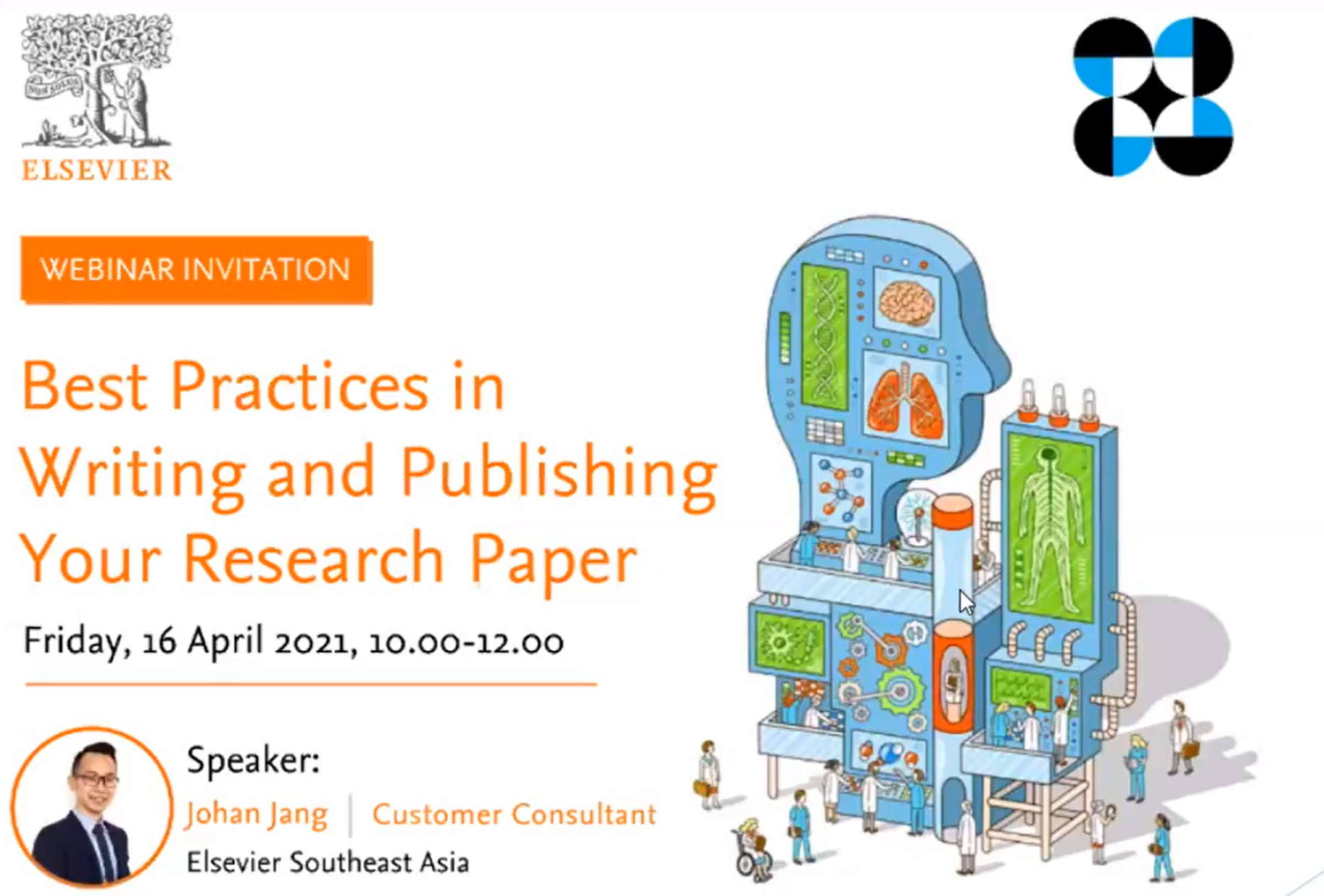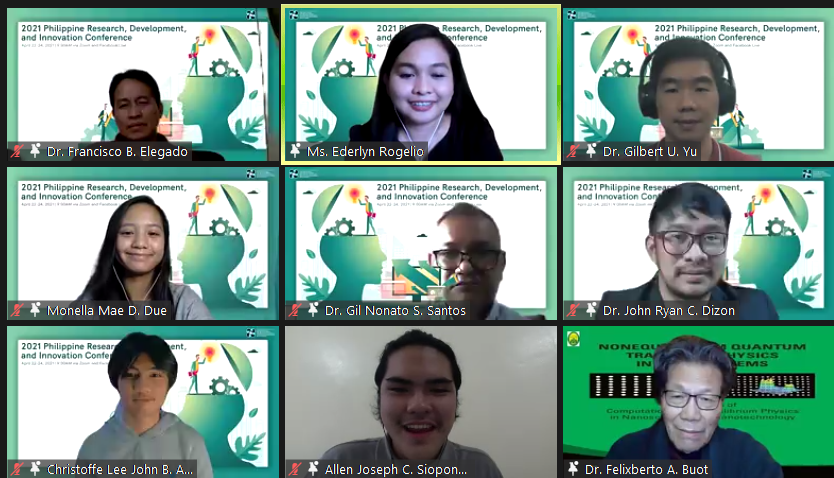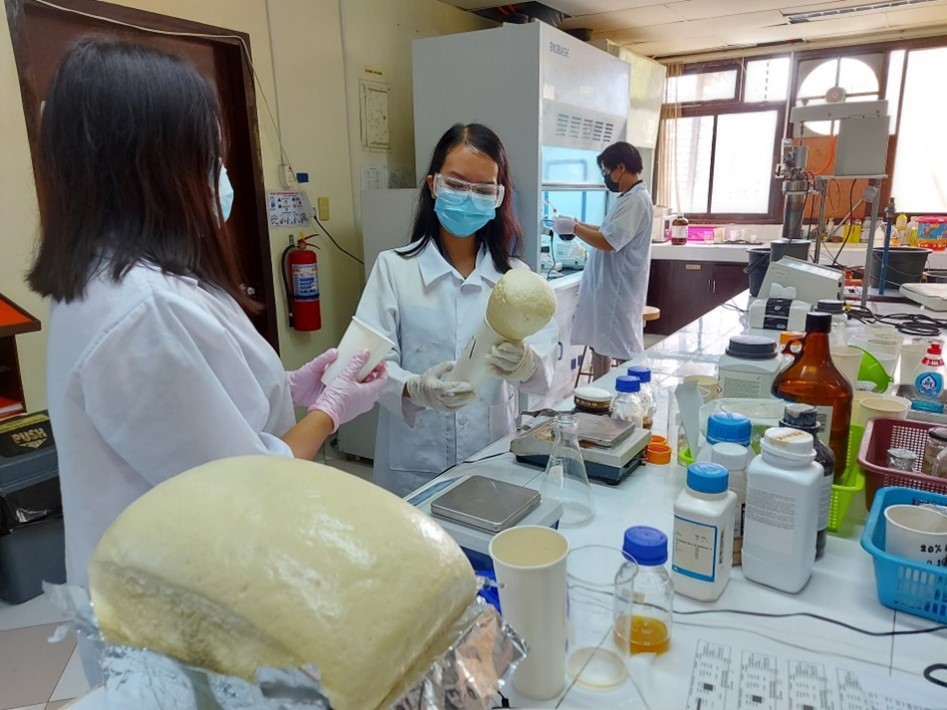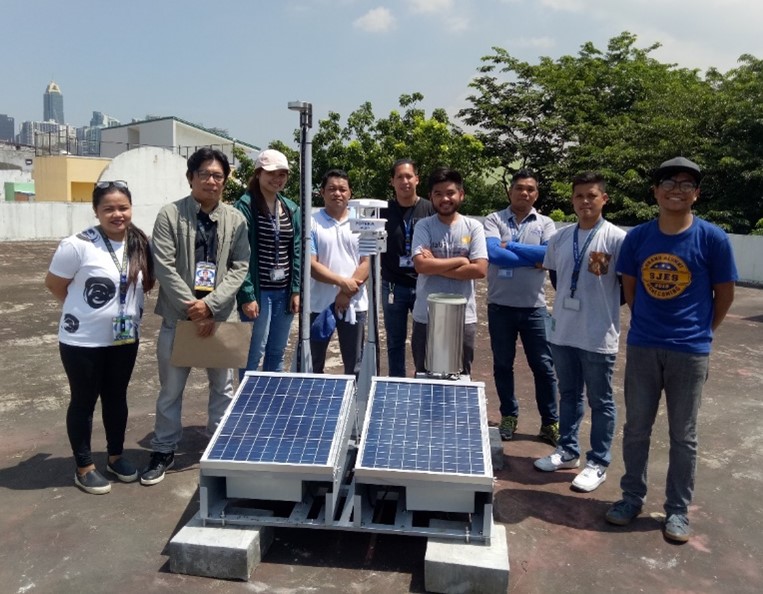Aiming to upskill science researchers on publishing their work, the Department of Science and Technology Philippine Council for Industry, Energy and Emerging Technology Research and Development and global scientific publication aggregator Elsevier trained 4,000 scientists and engineers from 26 countries on using the scientific search engine.
Entitled “Best Practices in Writing and Publishing Your Research Paper,” the webinar is a first of a series of workshops lined up for the renewed partnership between the DOST council and Elsevier in boosting the capabilities of the country’s science and technology (S&T) community.
The event was facilitated by Johan Jang, customer consultant of Elsevier Southeast Asia.
Elsevier renewed DOST’s subscription to its peer-reviewed journals in October 2020, enabling three sectoral planning councils, 2 collegial and scientific bodies, seven Research and Development Institutes (RDIs) and six S&T service institutes and partner HEIs of DOST to continue accessing ScienceDirect, a leading platform of peer-reviewed scholarly literature. This gives researchers access to around 16 million publications from over 2,600 journals, published by Elsevier and its society partners.
The partnership also entailed a subscription to Elsevier’s Scopus, the world’s largest abstract and citation database of peer-reviewed literature providing an overview of the world’s research output with smart tools to support the tracking, analysis and visualization of the global research landscape.
A total of 3,936 participants from the Philippines attended the webinar on Saturday, while the rest came from the United States of America (USA), United Kingdom, United Arab Emirates (UAE), Saudi Arabia, Kuwait, neighboring Asian countries like India, South Korea, Indonesia, Thailand, Sri Lanka, Malaysia, Myanmar, Taiwan, Japan, and also from Ethiopia, Afghanistan, Albania, Egypt, Mongolia, Nigeria, Pitcairn, South Africa, and Uganda.
The participants also came from diverse institutions, mostly from the government and academe.
Dr. Enrico C. Paringit, executive director of DOST-PCIEERD, emphasized that access to scientific information benefits the country as it gives barrier-free access to various literature that Filipino researchers need for their own research projects. It also allows teachers to bring current research into the classroom, and addresses the problem of the rising cost of journal subscriptions.
“If we are to increase our scientific productivity, we recognize the importance of putting at the center the needs of researchers, first and foremost,” he said.
“At DOST, we believe in focusing on helping researchers share their best work with more people, everyone benefits. But the “new normal” has shown that there are still plenty of ways to make publishing work better, for everyone, and not just for researchers,” he added.
Paringit also encouraged researchers to submit proposals to DOST-PCIEERD to forge partnership among science communicators in the country.
On May 3, the council will start accepting research proposals in its priority areas until June 3, 2021.








